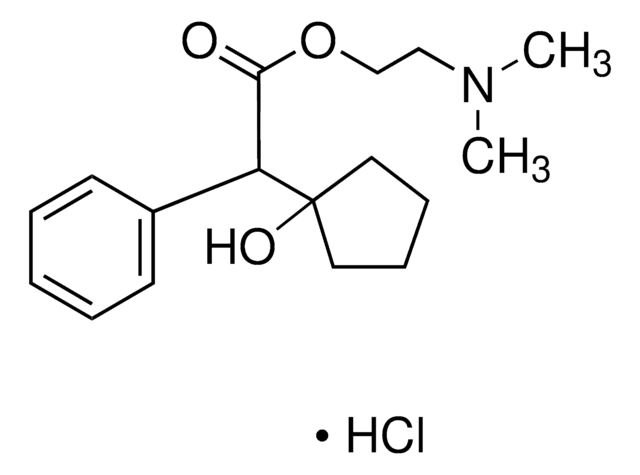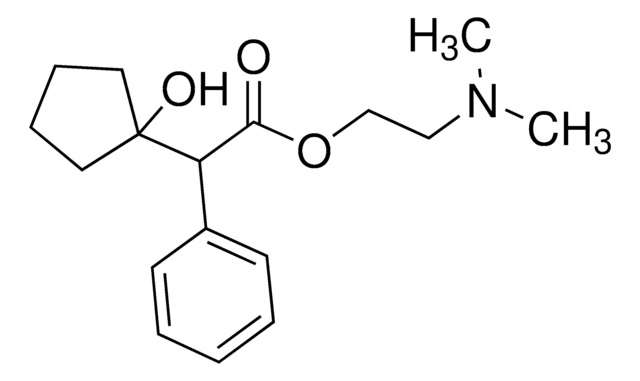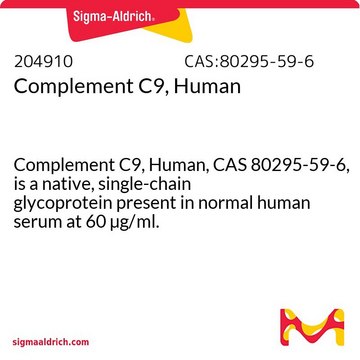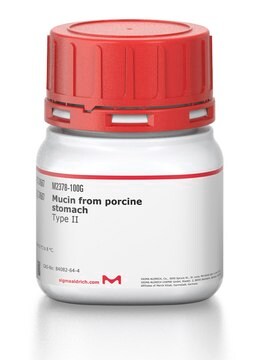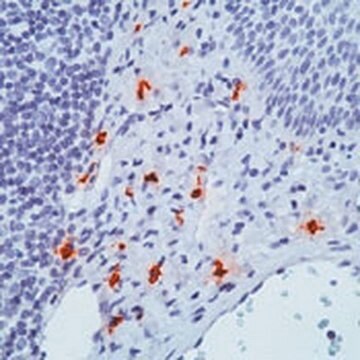Wichtige Dokumente
C3245000
Cyclopentolat -hydrochlorid
European Pharmacopoeia (EP) Reference Standard
Synonym(e):
2-Dimethylaminoethyl 1-hydroxy-α-phenylcyclopentanacetat
About This Item
Empfohlene Produkte
Qualität
pharmaceutical primary standard
API-Familie
cyclopentolate
Hersteller/Markenname
EDQM
Anwendung(en)
pharmaceutical (small molecule)
Format
neat
Lagertemp.
2-8°C
SMILES String
Cl.CN(C)CCOC(=O)C(c1ccccc1)C2(O)CCCC2
InChI
1S/C17H25NO3.ClH/c1-18(2)12-13-21-16(19)15(14-8-4-3-5-9-14)17(20)10-6-7-11-17;/h3-5,8-9,15,20H,6-7,10-13H2,1-2H3;1H
InChIKey
RHKZVMUBMXGOLL-UHFFFAOYSA-N
Angaben zum Gen
human ... CHRM3(1131)
Suchen Sie nach ähnlichen Produkten? Aufrufen Leitfaden zum Produktvergleich
Allgemeine Beschreibung
Anwendung
Verpackung
Sonstige Hinweise
Ähnliches Produkt
Hier finden Sie alle aktuellen Versionen:
Analysenzertifikate (COA)
It looks like we've run into a problem, but you can still download Certificates of Analysis from our Dokumente section.
Wenn Sie Hilfe benötigen, wenden Sie sich bitte an Kundensupport
Besitzen Sie dieses Produkt bereits?
In der Dokumentenbibliothek finden Sie die Dokumentation zu den Produkten, die Sie kürzlich erworben haben.
Unser Team von Wissenschaftlern verfügt über Erfahrung in allen Forschungsbereichen einschließlich Life Science, Materialwissenschaften, chemischer Synthese, Chromatographie, Analytik und vielen mehr..
Setzen Sie sich mit dem technischen Dienst in Verbindung.